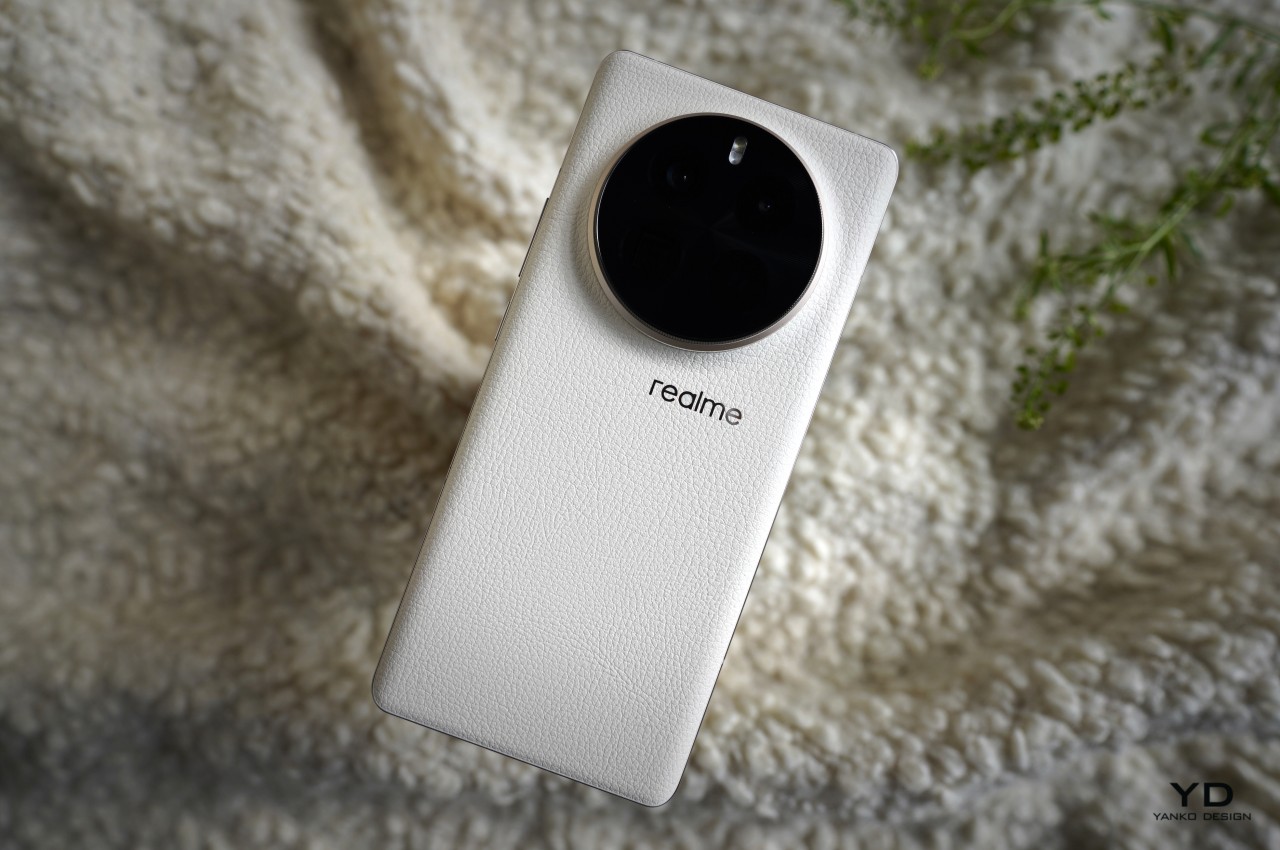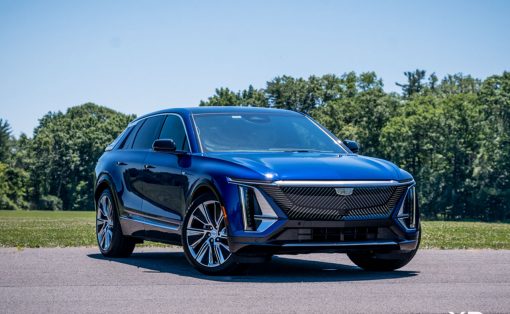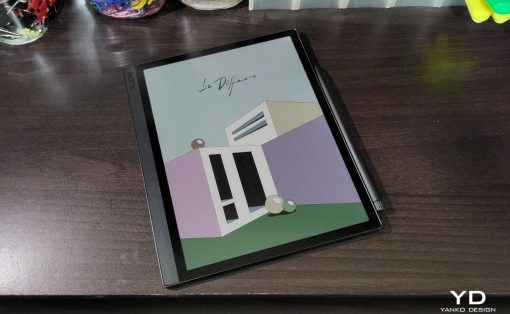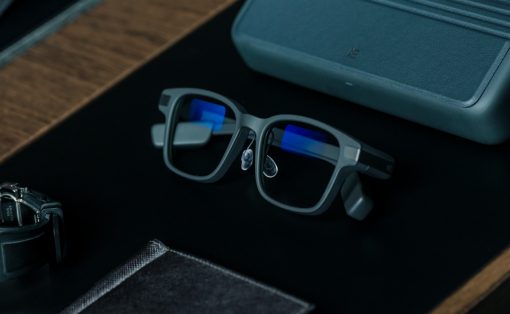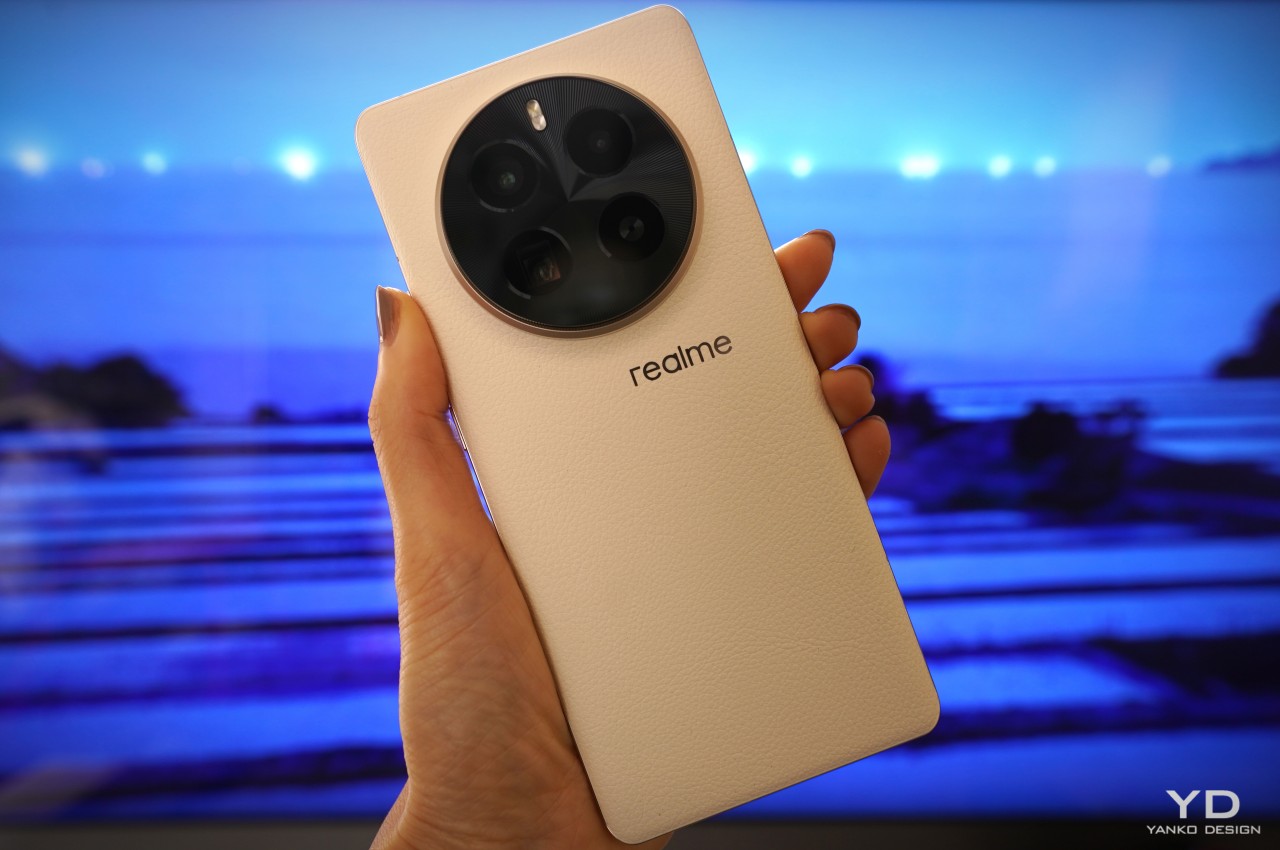
PROS:
- Capable camera system especially main and telephoto
- Battery performance
- Fast wired and wireless charge
- Gorgeous display
CONS:
- No ultra-wide video recording
- Palm unlock and air gesture features can be improved
Realme is one of the fastest-growing smartphone brands in the world, having shipped over 200 million units globally. Realme launched the GT5 Pro on December 7th in China, positioning it as the flagship phone in the GT line. While the GT line has represented Realme’s premium segment, the brand has not, until now, offered a true flagship device. Although the term “flagship” lacks a formal definition, it is generally considered to pack the latest and most powerful chipset and excellent camera capabilities.
Realme is positioning the GT5 Pro as a dual-engine flagship, claiming it strikes a balance between performance and imaging without compromise. The phone boasts the newest Snapdragon 8 Gen 3 and triple camera setup with the industry’s largest IMX890 periscope telephoto lens. Of course, the device has a lot more going for it, including a bright display and 3VC Iceberg Cooling System.
Designer: Realme
Aesthetics
The design of the GT lineup has undergone significant transformations from one model to the next. The GT2 Pro, designed by a world-renowned industrial designer Naoto Fukusawa, featured paper-like a back panel made with pulp extract and other renewable materials. Its successor, the GT3, adopted a more futuristic design boasting a customizable RGB light on its upper back right next to the square camera island.
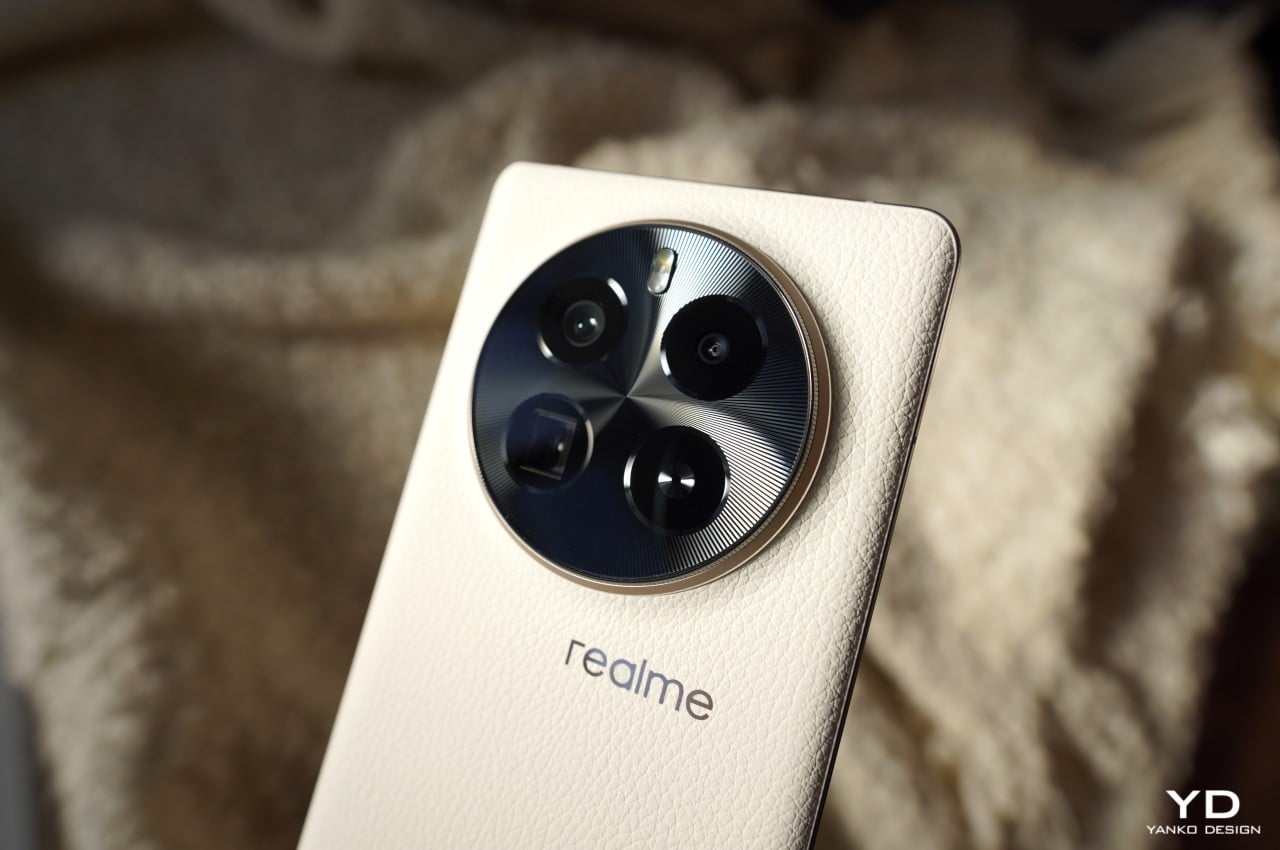
In contrast, the GT5 Pro showcases a clean and sleek design. A big, round camera island takes up much of the top half of the GT5 Pro’s back. The camera island houses an LED flash, a triple camera set-up (A main camera, a periscope telephoto, and an ultra-wide), and finally, a placeholder to form a perfect symmetry. The intricate radial engraving underneath the glass extends to the side of the camera island giving a tactile feature to the camera island. This design, which Realme calls the “Star Trail lens”, gives a luxurious touch to the device. The Realme logo shines below the camera island.
The GT5 Pro offers three color options: Red Rock (red), Bright Moon (white), and Starry Night (black). The Red Rock and Bright Moon variants feature textured vegan leather, while Starry Night shines a glass back panel. I was hoping to receive the Red Rock variant which reminds me of a certain luxury handbag brand and has more character, but I ended up with the Bright Moon for the review. Despite my initial letdown, I found myself appreciating the appeal of the Bright Moon’s soft eggshell-like color.
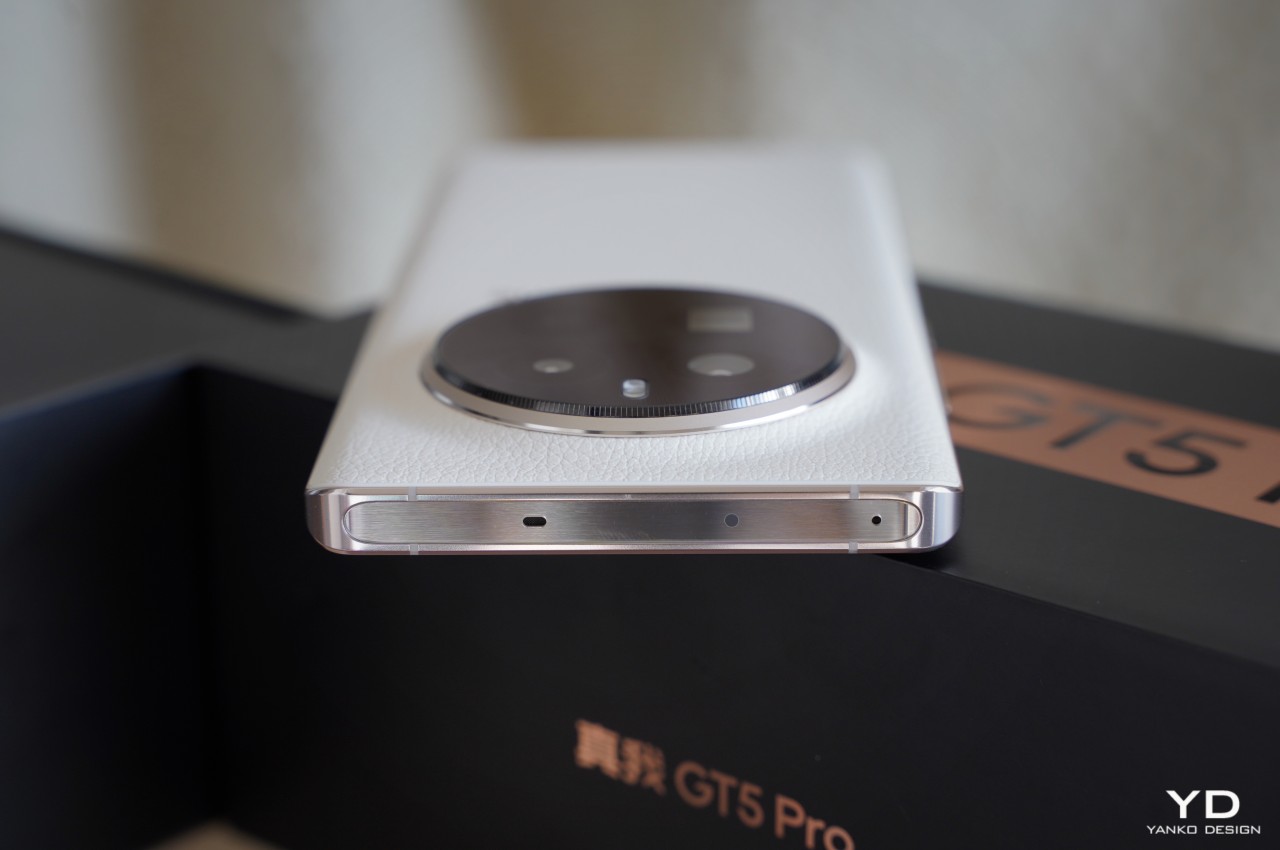
Realme includes a protective cover, opting for a gray cover instead of the typical transparent case. Although typical transparent cases are far from attractive, the gray cover that comes with GT5 Pro isn’t aesthetically pleasing either.
Ergonomics
The phone weighs approximately 218g (224g for the Starry Night variant) and measures about 161.72 x 75.06 x 9.23 mm. Thanks to the center-circle design, it feels balanced when you hold it in your hand. The volume rocker and power button are located on the right side of the device, while the SIM card slot and USB-C port are situated at the bottom.
The GT5 Pro has a slightly curved panel and round shiny aluminum copper frame, which is stronger than a titanium frame, according to Realme. It doesn’t dig into your palm without being slippery.
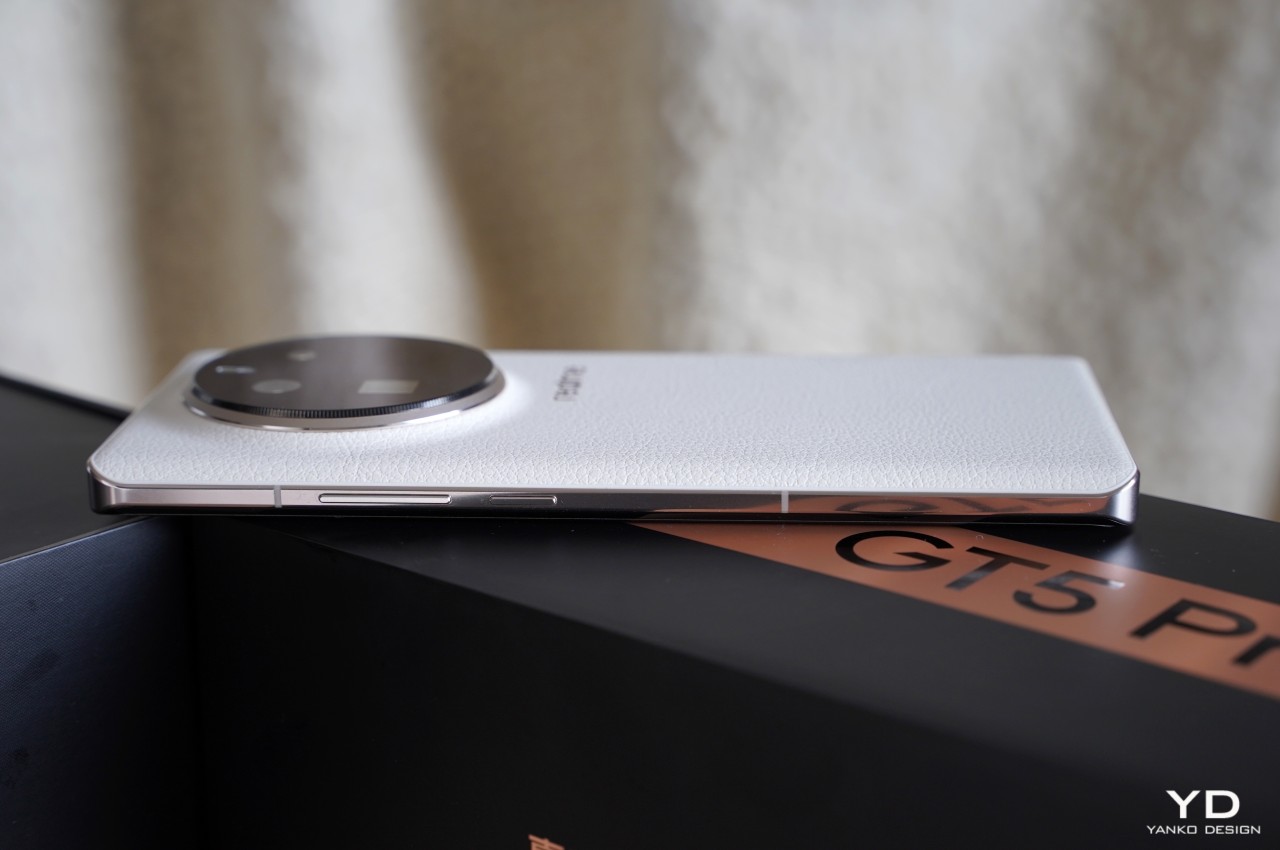
While the phone is comfortable to hold, there is a notable consideration regarding the placement of the fingerprint sensor. Positioned very close to the bottom edge of the screen, approximately 1 centimeter or 0.4 inches above the bottom edge, the fingerprint scanner requires a slight stretch of the thumb for unlocking. Luckily, the GT5 Pro can be unlocked with other methods including one of the main features – palm gesture. But there is more to discuss about this feature.
Performance
The Realme GT5 Pro has a triple camera setup. There is a 50MP main camera that uses a LYT-808 1/1.4-inch sensor with OIS stabilization and an f/1.69 aperture lens with OIS stabilization. The upgraded 50MP periscope telephoto camera uses an IMX890 1/1.56 sensor and f/2.6 aperture lens. The telephoto also comes with OIS stabilization. It can zoom 2.7x optically and supports macro mode at 3x. Finally, there is an 8MP ultra-wide IMX355 with f/2.2 aperture.
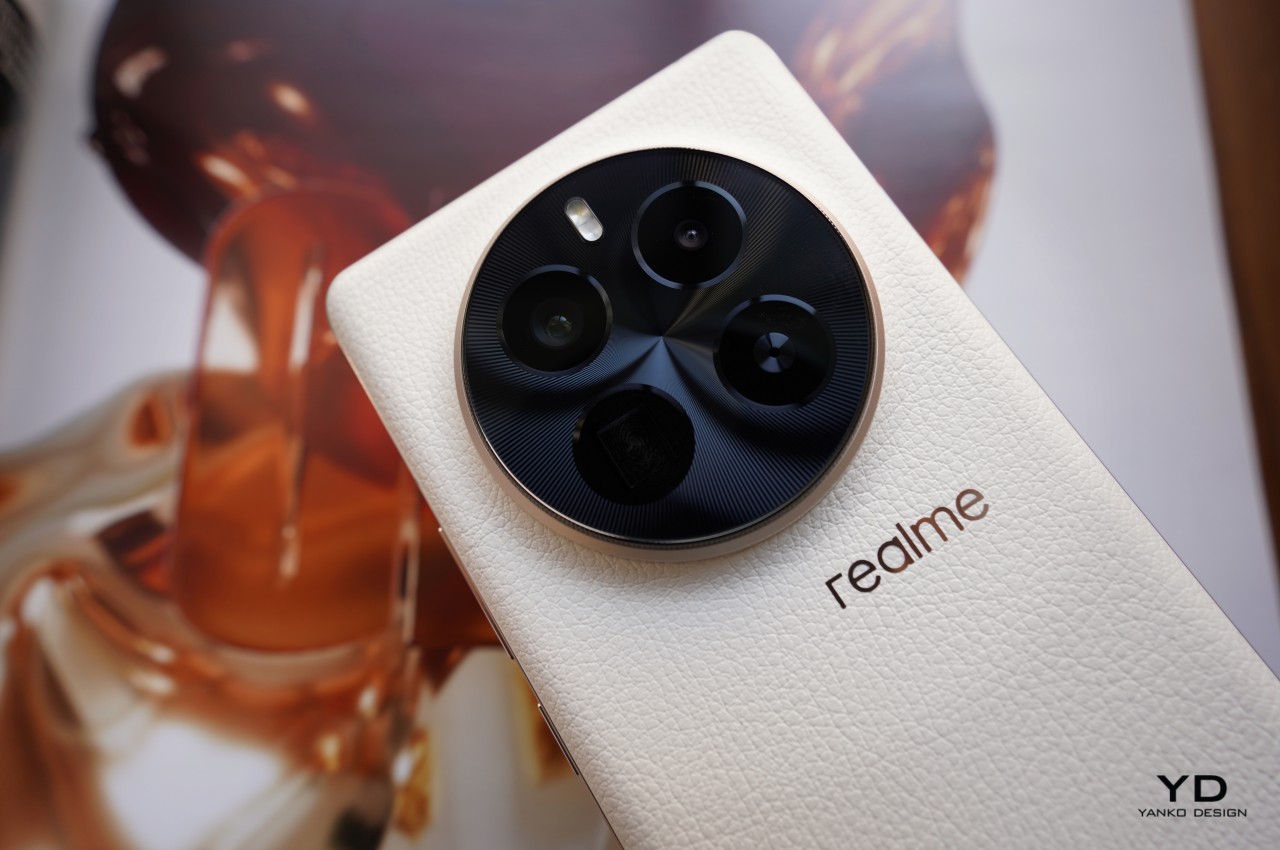

The main camera produces great daylight photos with nice vibrant yet natural colors. It captures plenty of details without being overly processed and has good dynamic range, though there is a tendency for bright spots to be slightly overexposed. Additionally, the main camera performs admirably in low-light conditions, exhibiting excellent dynamic range and adeptly handling mixed lighting situations.




The 3x photos captured with telephoto are impressive thanks to its big 1/1.56 inch sensor. While the phone lacks a dedicated macro camera, the macro mode is implemented on the 3x zoom. The resulting images are just fine; however, I believe only a niche group of users will find this feature particularly noteworthy.
Turning our attention to the ultra-wide camera, it doesn’t stand out as particularly exceptional spec-wise, and the images it produces. The images display a decent dynamic range, and the color rendition aligns with that of the main camera is, but details especially towards the not very wide with FOV of 112 degrees.




Flip the phone over, the front camera takes pleasant selfies in a wide variety of shooting situations. Images came out a bit on the softer and warmer side, but not overly done.
In terms of video, it can record video up to 8K at 24FPS with the main camera. The telephoto is capable of recording up to 4K at 60 FPS, 1080p at 30 FPS for the ultrawide, and 4K at 30 FPS for the front camera. Videos captured by the device are not going to wow you. One thing that bothered me was that the 0.6x ultrawide option is not visible on the main video interface unless you set the recording resolution to 1080p or lower. It would be more convenient to have a 0.6x ultrawide option accessible directly on the main video interface, with the resolution automatically adjusted to 1080p when the 0.6x is selected.
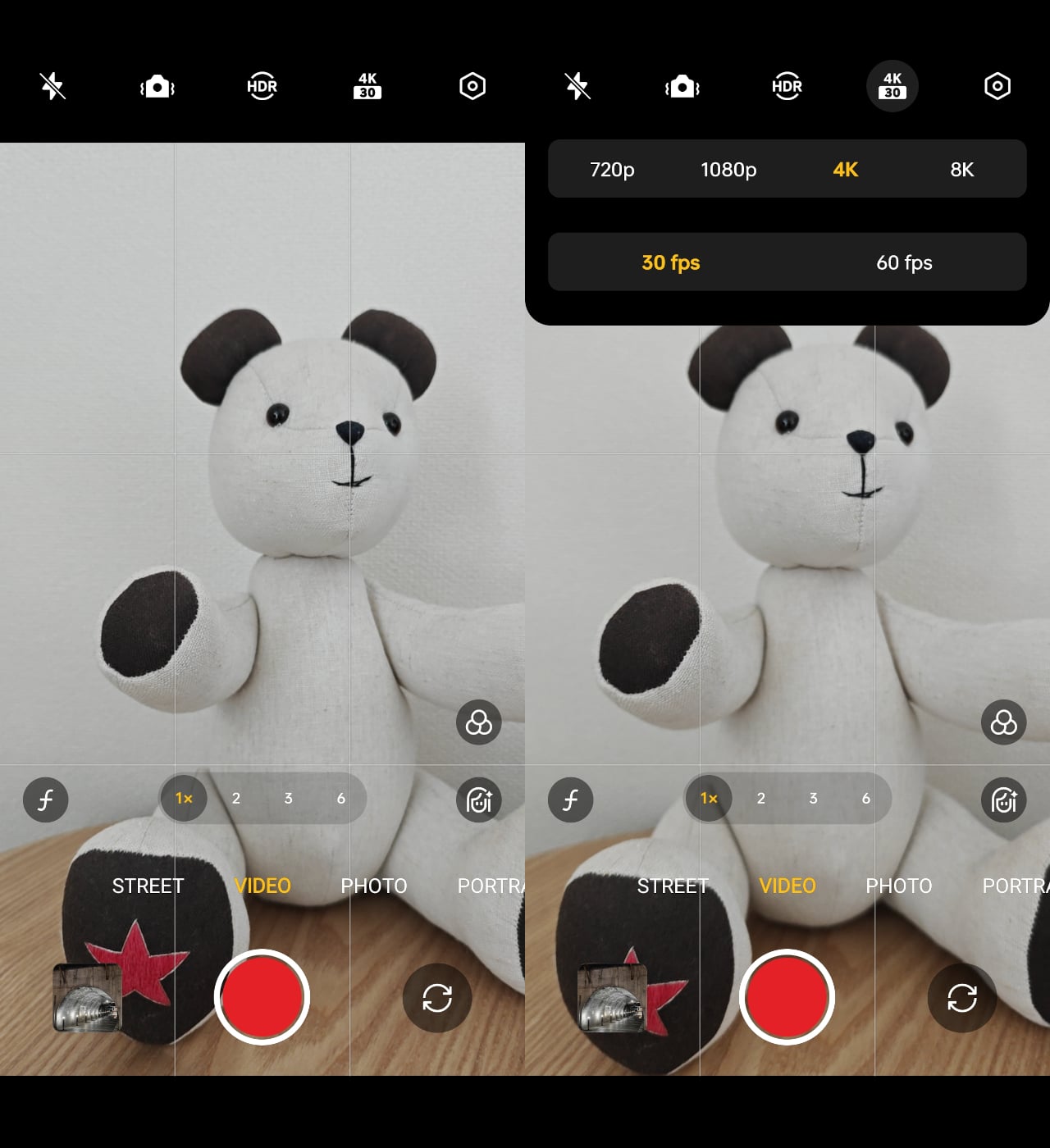
As for the screen, the GT5 Pro boasts a 6.78-inch, 2,780 x 2,364 AMOLED screen with a 144 Hz refresh rate, 460 pixels per inch, and an impressive peak brightness of 4,500 nits. We have to take the very high peak brightness with a grain of salt as this measurement probably does not reflect real-life usage scenarios. Realme provides a more realistic figure of 1,600 nits of global peak brightness. Nevertheless, the screen remains impressively bright performing well even under harsh sunlight. The narrow bezel is an additional noteworthy feature.
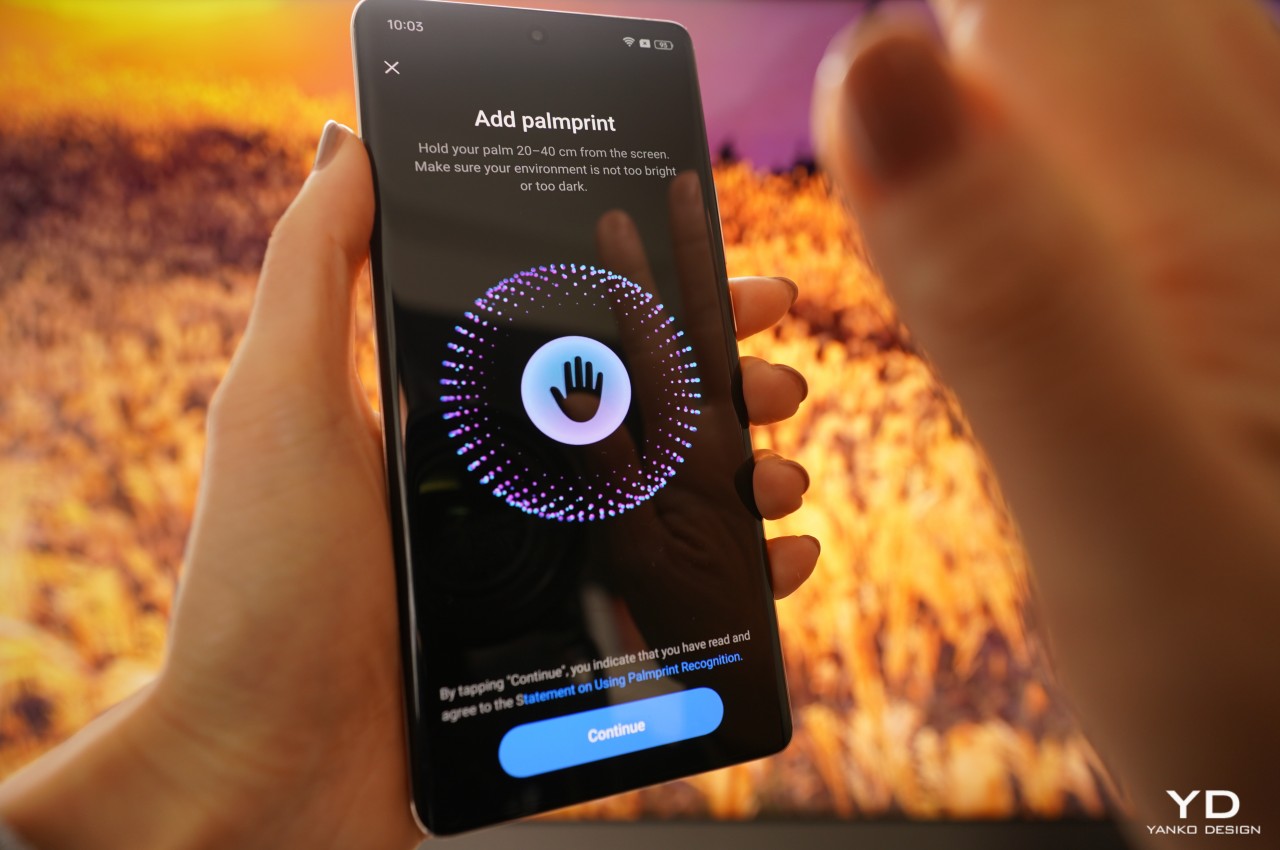
Under the hood, the phone is powered by the latest Snapdragon 8 Gen 3, and four memory versions are available starting with 12GB of LPDDR5X RAM and 256GB storage up to 16GB/1TB, which is the review unit that we received. There’s also the 3VC Iceberg Cooling System with a heat dissipation area of 12,000 mm2 which Realme claims to be the largest in the market. So the device won’t get hot even when it’s handling heavy loads.
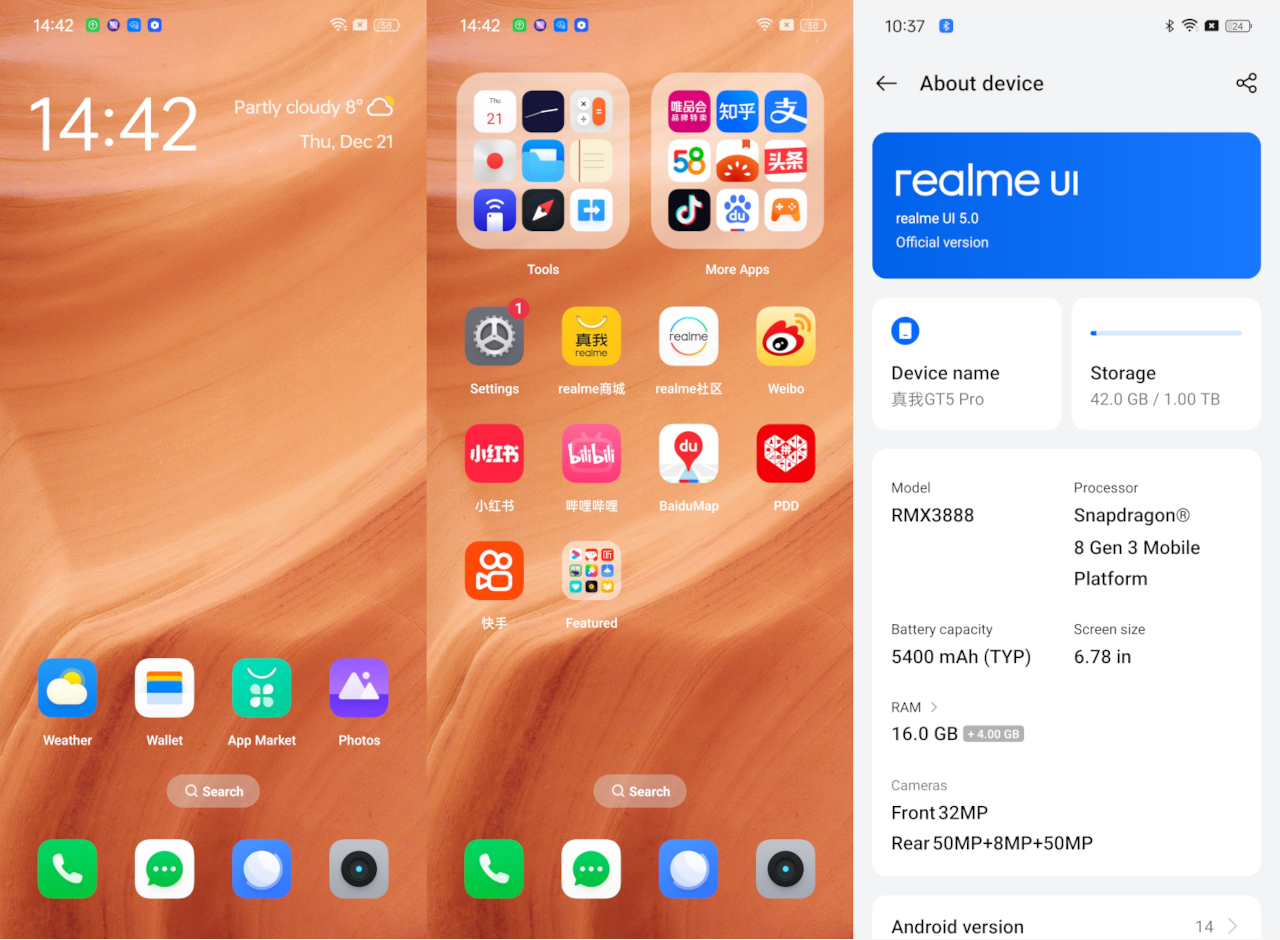
In terms of software, the GT5 Pro runs Realme UI 5.0 based on Android 14. One of the unique features of the Realme GT5 Pro is that you can unlock the phone with your palm using the front-facing camera and do all other sorts of stuff like opening apps, scrolling up and down, taking screenshots, and more. While I was initially excited to try these features, the experience turned out to be disappointing. To be fair, Realme mentioned the limitation of palm unlock, stating that for the feature to work, strong light, low light, or backlit conditions have to be avoided. The palm unlock functionality proved to be inconsistent. Even when I did manage to unlock the phone with my palm the 2-second duration required to hold my palm in front of the front camera felt a bit too long. The air gestures required some practice, and I struggled to smoothly navigate the device. I can envision the potential usefulness of palm unlock and air gestures in various situations, so let’s hope Realme improves its accuracy and usability in the future.
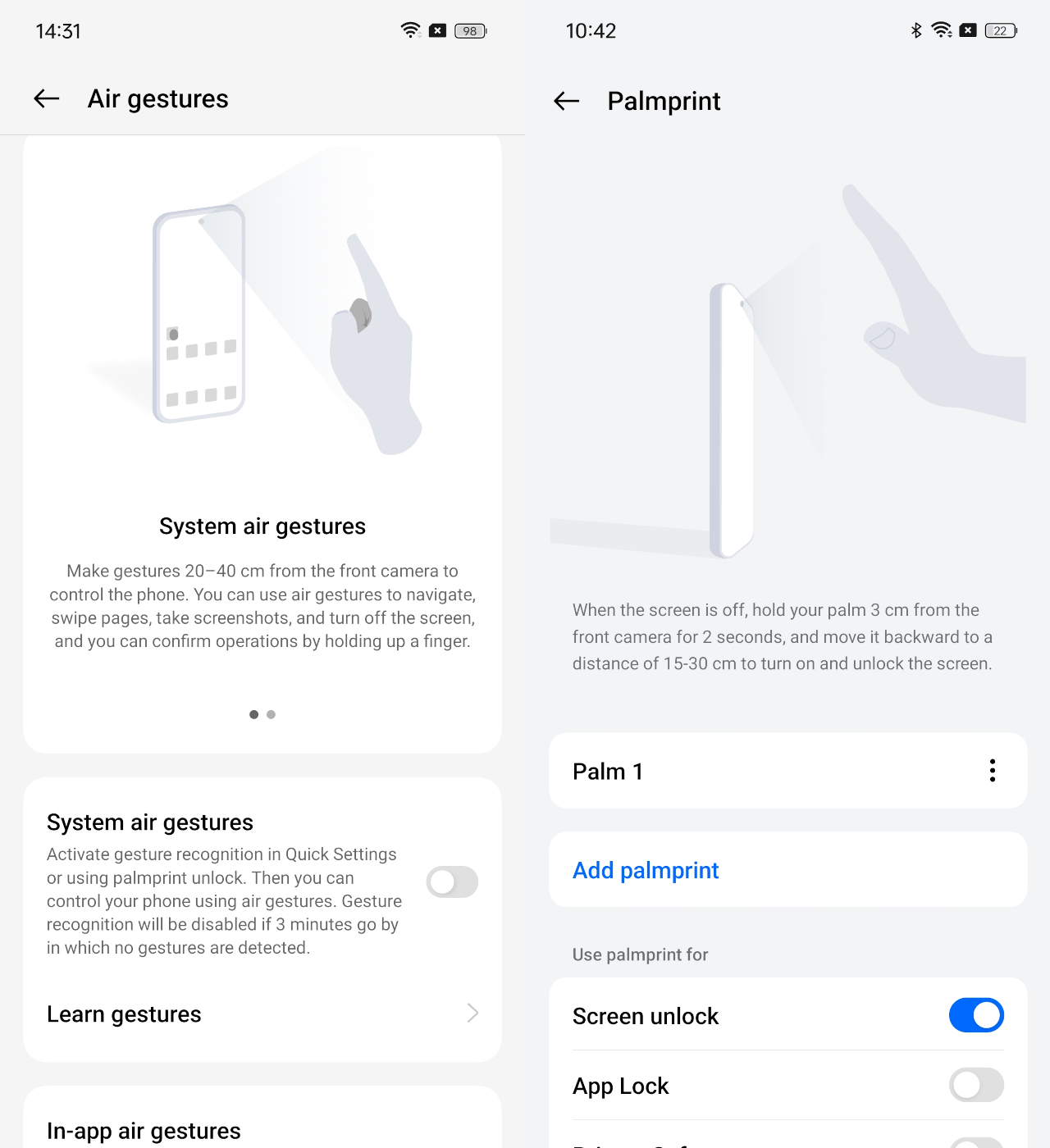
The phone is equipped with a massive 5,400 mAh battery, delivering excellent performance that easily sustains a day’s use without issues. When it’s time to charge, GT5 Pro charges remarkably fast at 100W via USB-C. Additionally, for the first time for Realme’s device, the phone supports wireless charging at 50W.
Sustainability
Apart from reduced plastic packaging which has become pretty much an industry standard nowadays, there isn’t much to mention about the sustainability aspects of the GT5 Pro. Considering Realme’s proactive approach in incorporating bio-polymer materials in the aforementioned GT2 Pro, which used bio-material for its back panel, the lack of use of renewable materials in the GT5 Pro is disappointing. Since its inception in 2018, Realme has always shown commitment to being an eco-friendly and sustainable tech player. Let’s hope they’ll strengthen the commitment as Realme steps forward into true flagship space.
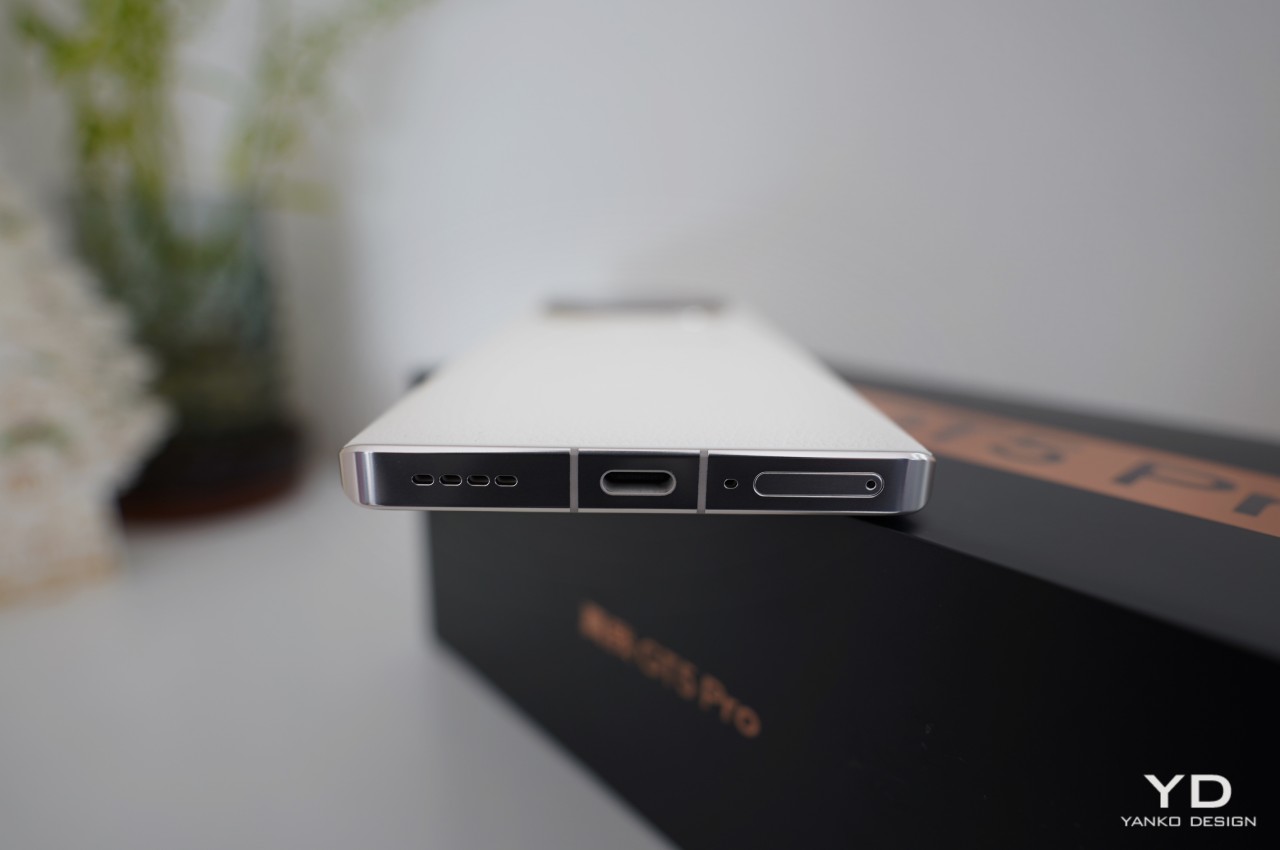
Value
The Realme GT5 Pro offers incredible value starting at 3,499 CNY which translates to roughly US$490. Boasting capable cameras, a sleek design, a gorgeous screen, excellent battery life, and rapid wired and wireless charging capability, the GT5 Pro stands out in its price range. Unfortunately, it is currently exclusively available only in China, leaving us hoping that Realme will extend its market availability to other regions in the near future.
Verdict
Realme’s venture into the premium segment has left a positive impression. While it may not be flawless there’s no denying that the GT5 Pro offers a host of features. With its stylish design, good camera performance especially in low-light situations, bright display, outstanding battery performance, and fast charging, the Realme GT5 Pro is a compelling option for those who seek well-rounded, feature-rich devices without breaking the bank.
